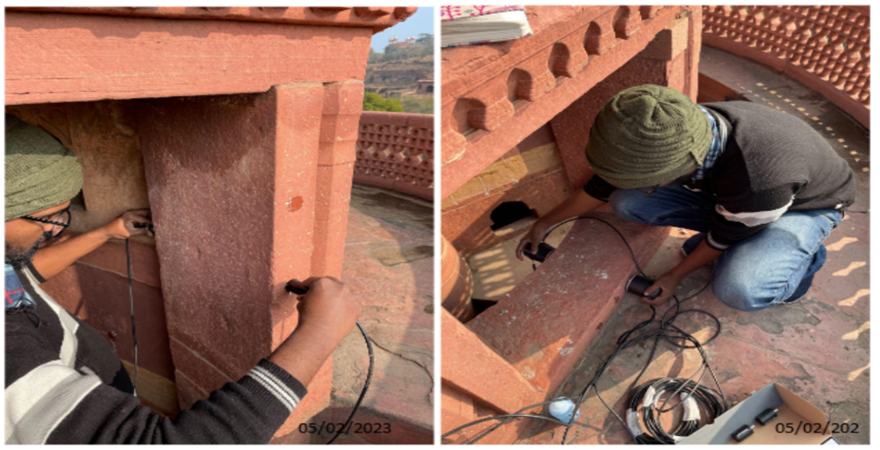- +91-11-4044-5999
- info@cdri.world
-
Copernicus Marg, New Delhi, INDIA
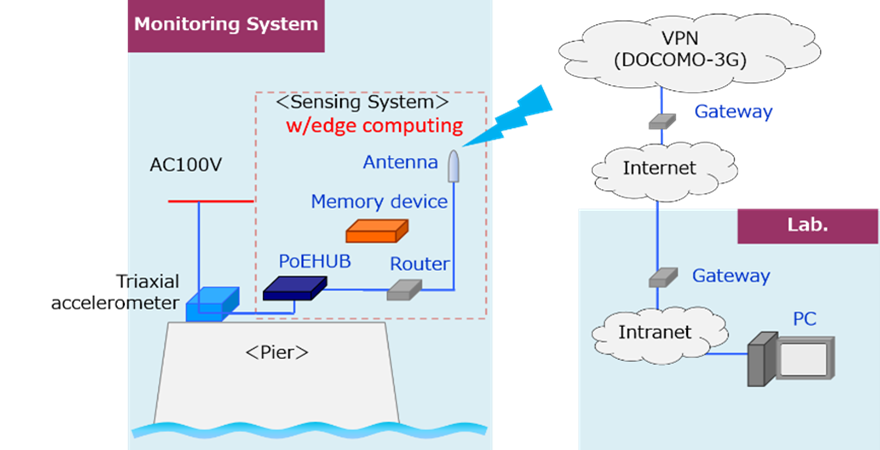
Real-Time Scour Detection and Prediction for Structural Performance and Safety
Mr Daigo Kawabe
Kyoto University, Japan
Prof Vasilis Sarhosis
University of Leeds, U.K.
Abstract: Scour is the localized erosion that undermines bridge foundations during flooding and is considered to be one of the most critical threats for bridges crossing rivers around the world. Nearly 21,000 bridges are reported to be susceptible to have their foundations undermined during extreme storm events. It is particularly difficult to visually determine the scour risk of a bridge over a river, as the condition of the ground beneath the water surface of a pier cannot be directly visualized. Heavy rainfall disasters, especially in recent years due to climate change, have led to the need to address scour risk in more areas.
The study aims to propose a real-time scour depth estimation method through long-term vibration monitoring and eigenvalue analysis of a numerical model of an in-service railway bridge pier as a case study. Many bridge authorities make decisions on the occurrence of scour by using direct measuring methods or indirect methods after a high-flood event has occurred. In particular, the Japanese Railway Company has applied a vibration-based assessment method to identify frequency changes to evaluate the bridge piers’ stability. However, it is time-consuming, laborious and inapplicable during swollen river water periods.
Therefore, a remote-sensing system was developed that deploys accelerometers on top of the pier across a river and identifies natural frequency in real time during a swollen river water period. To enhance a fast and easily understandable condition of the pier, this study investigated a way of estimating scour depth in real time using eigenvalue analysis of the Finite Element Model of the pier. To deal with the uncertainty of identified frequency due to signal noise derived from weak signal, a novel sampling method was introduced to model the uncertainty of interaction with soil. A scour depth estimation method was applied to the time series of identified frequencies during the swollen river water period, and the feasibility of the method discussed.
The proposed scour assessment system has high performance but can be expensive; it can be used to assess the safety of bridges easily and inexpensively using smartphones, although the accuracy and real-time detection would be reduced. The scalability of the proposed tool is high, given the generic anomaly detection scheme. The replicability of the solution would depend on the sensitivity of the sensors built in smartphones that could identify the vibration characteristics of bridge piers. The alternate solution can benefit developing countries.
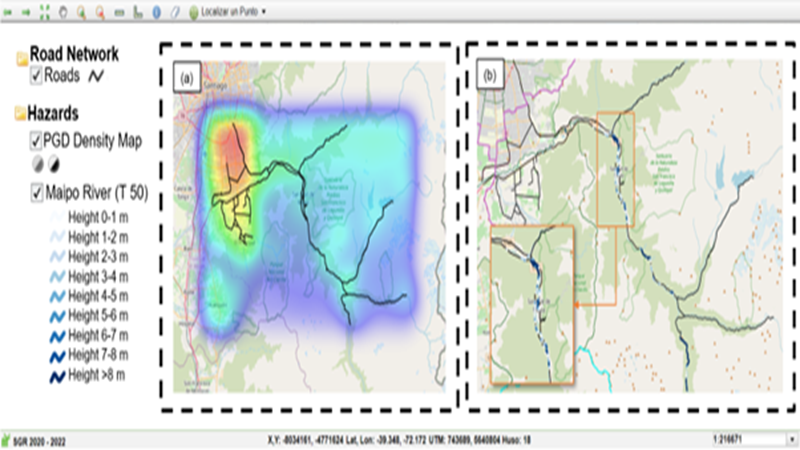
 in floating community space (fls) in the peruvian amazon.jpg)
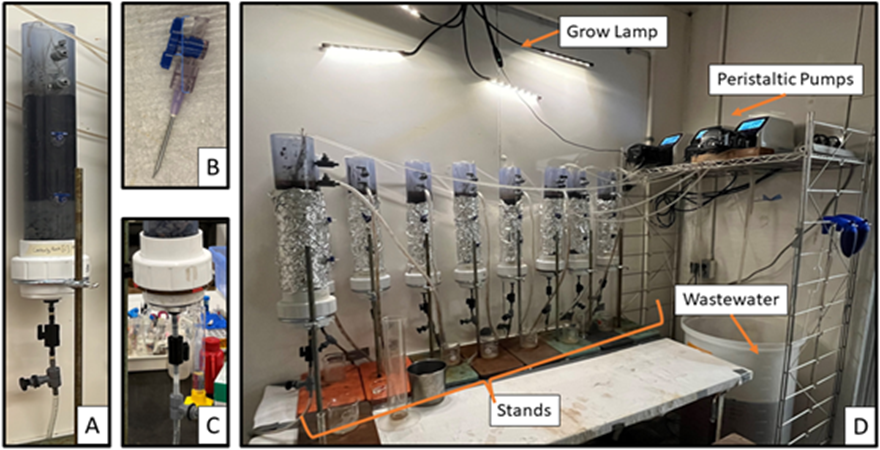
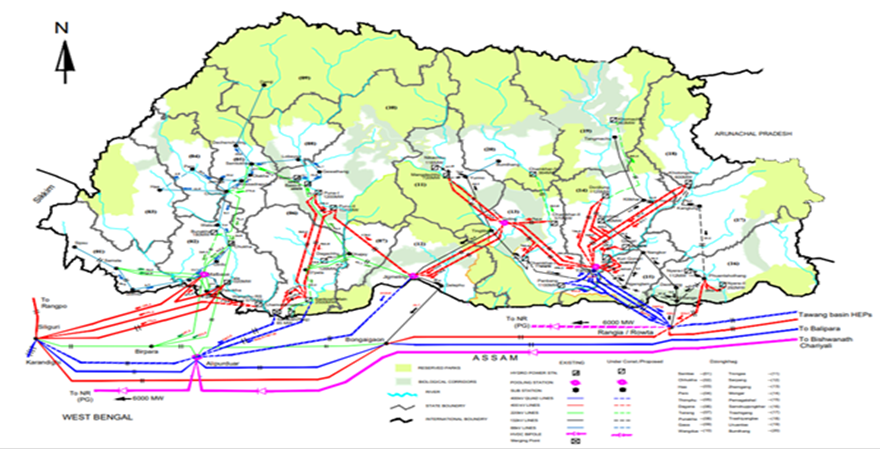

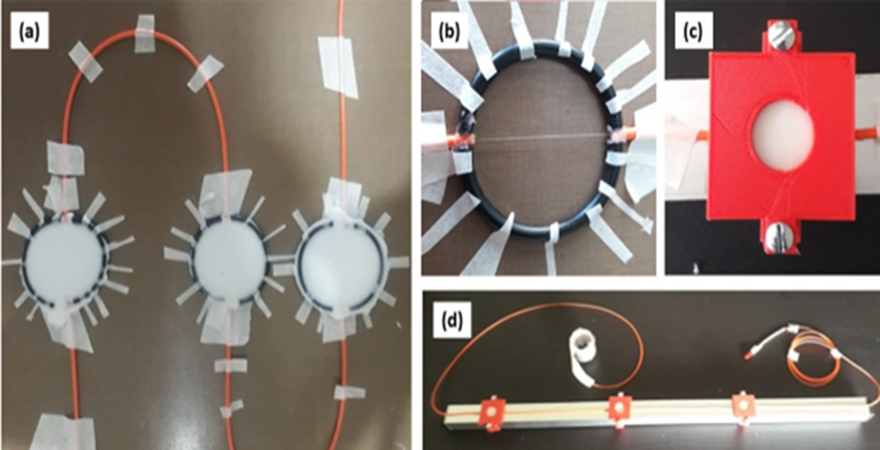
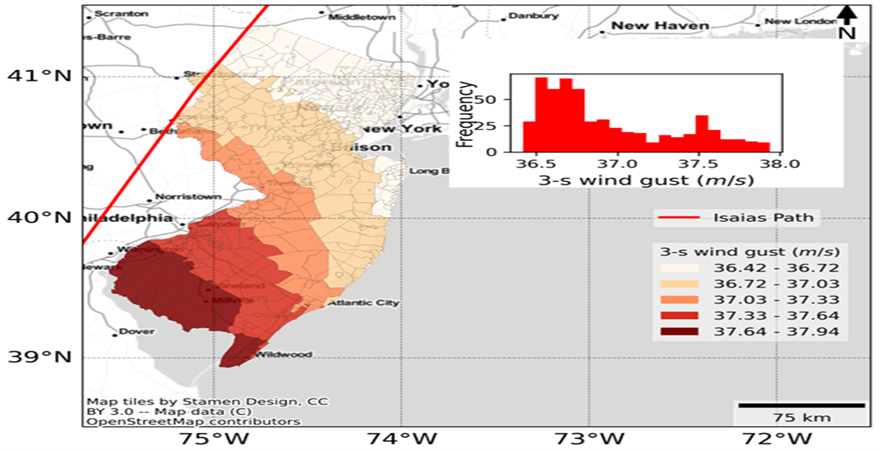
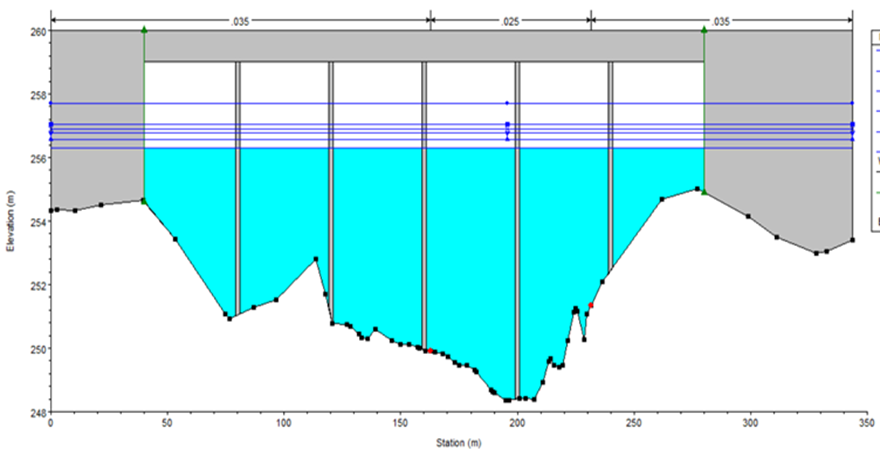
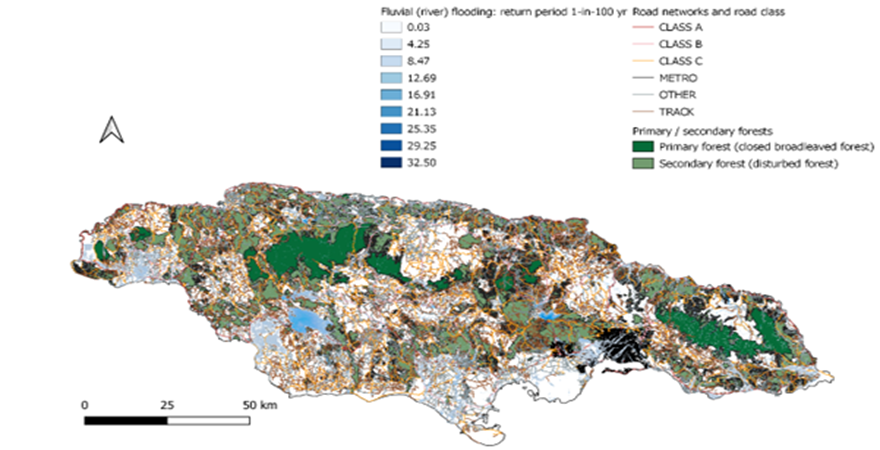
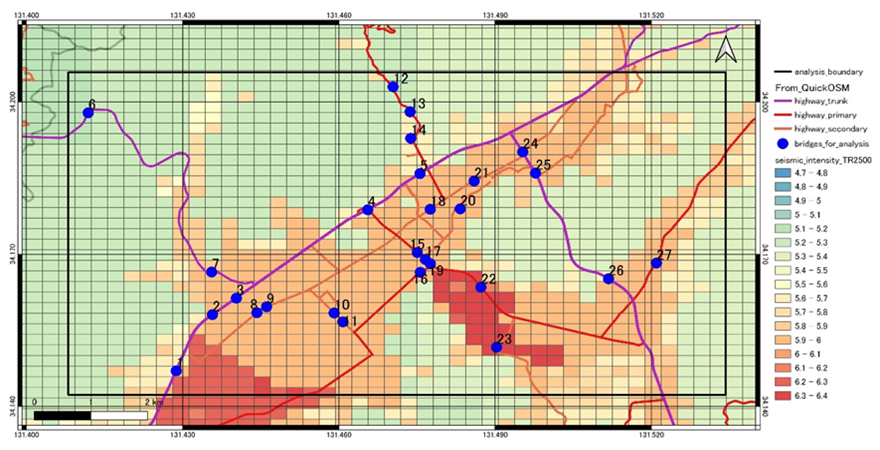

 for infrastructures based on disaster.png)
